NauticEd Navigator gives you personalized
course recommendations based on your
sailing goals and experience
Chart a Course to Your Sailing Future
 Select my goals
Select my goals NauticEd Navigator gives you personalized
course recommendations based on your
sailing goals and experience
 Select my goals
Select my goals
Set sail with confidence on large catamarans by enrolling in our Catamaran Sailing Confidence online course. Whether you're planning a sailing vacation or considering purchasing a catamaran, this course equips you with the knowledge needed to sail and maneuver catamarans safely and efficiently.
This online course covers everything from understanding the unique characteristics of catamarans to mastering essential sailing techniques such as tacking and gybing. With helpful animations illustrating catamaran maneuvering, you'll gain a deeper understanding of these multi-hulled vessels.
Ideal for both beginners and experienced sailors, this course is essential for anyone looking to confidently sail a catamaran. Enroll now and set sail with confidence on your next adventure.
Estimated Time: 3 hours
Price: $39 $27 You save $12.00 (31%)
Register for the Catamaran Sailing Confidence online course and learn how to sail large catamarans on your own or on sailing vacations. This course includes tips and tricks from the pros for chartering and sailing catamarans.
If you're planning to sail or charter a sailing catamaran, this course will build upon your keelboat training and experience to give you the confidence to safely and efficiently sail a catamaran. From understanding the differences between catamarans and monohulls to mastering the techniques of tacking and gybing a catamaran, this course will provide you with the skills and knowledge necessary to handle a catamaran with confidence.
Includes helpful animations to help you understand catamaran maneuvering - a key difference between monohulls and catamarans.
Whether you are a beginner or an experienced sailor, this course is a must for anyone looking to competently sail a catamaran with confidence and skill. Enroll now and take the first step towards mastering the art of catamaran sailing.
We guarantee both your satisfaction AND Lifetime access to any sailing course you buy from us
Sponsored and Endorsed by Lagoon Catamarans
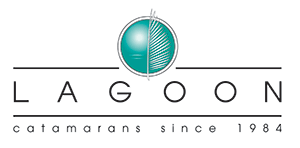
Sailing a large catamaran is not really too much different from sailing a monohull but catamaran sailing has a few tricks and nuances that you ought to know first especially if you're going on a bareboat yacht charter with a catamaran.
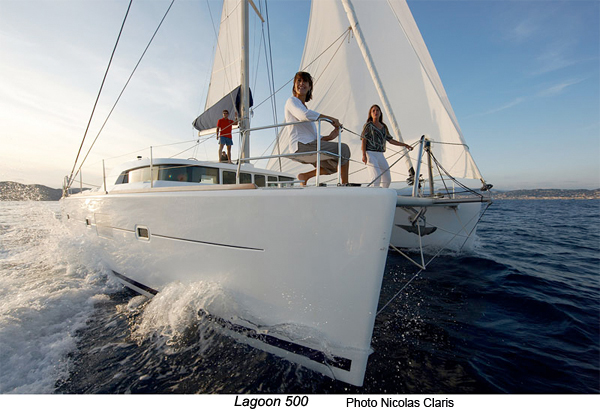
You'll invest about 3 hours of your time to add this Catamaran Sailing Confidence Course to your NauticEd Sailing Resume. The cost of the sailing course is just $39 ( for a limited introductory period it is $27). Once you've finished the course you'll have complete confidence that you can transition your existing monohull sailing skills to sailing a catamaran. And if you're going on a bareboat yacht charter, yacht charter companies will be more inclined to accept your charter request with Catamaran sailing knowledge on your Sailing Resume and Certification.
You'll learn the tricks of sailing a catamaran and maneuvering a catamaran so that you'll know what to do in potentially dangerous situations. The information contained will make sailing a catamaran much more enjoyable and less stressful the first time out and you'll have the confidence that maneuvering a catamaran is now easily within your abilities.
As with all NauticEd sailing lessons, you can return as many times as you like to brush up on sailing a catamaran skills and if you're not completely satisfied, we'll happily refund your investment. Feel free to contact NauticEd Sailing School at any time.
The Catamaran Sailing Confidence Course was co-authored by several experts in sailing catamarans throughout the world: Nick Harvey of Lagoon Catamarans and Captain Grant Headifen, 50 Ton USCG Master Mariner and Director of Education for NauticEd. Additional guidance and input were provided by George Day, Publisher of Blue Water Sailing Magazine and Multihull Quarterly Magazine.
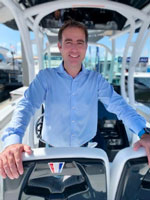
By Nick Harvey
Beneteau Group Director
View Catamaran Sailing Confidence Course excerpt
Great content and the interactive elements really help.
Clear explanations of the mechanics of the catamaran. Real good exercises, interactively to operate a cat. Best of all is the correlation and explanation of how cats operate compared to monohulls, the similarities and differences, made it easy to understand
Helpfull comparison and good technical tips
Describes the most important facts concerning operating, mastering and the safety considerations of sailing a catamaran.
It was very clear to understand
Depth
Excellent info to multi hull systems
Great course, good tips about safety
Great insight.
Pointing out the excellence and safety issues with cats. I had a 43-foot one for 8 years and miss it a lot.
I've chartered big cats twice but I didn't know the trick to get the bow to pass through the wind easily until I took this course. That alone was worth the price of the course. Very cool!
Good for understanding the basics!
And if there weren't enough advantages to sailing a catamaran here is another.
The mainsail traveler on a catamaran is significantly longer than on a cruising monohull. Thus you can take real advantage of this. The mainsail can now be adjusted in 2 different ways: using the traveler line or by adjusting the mainsheet.
When sailing close hauled on a catamaran in heavier air, move the traveler upwind (on the opposite side of the sail) and let off on the main sheet. This will allow the boom to rise a little and "twist out" the top of the sail. Twisting the sail out "deflates" the top of the sail and should be done in the case of slightly stronger winds. In light air, make sure that the top of the mainsail is not “losing air” meaning, keep the traveler close to the center and tighten the mainsheet to make sure the main cannot open up at the top.
As soon as the breeze kicks up, bring your traveler up a bit more and ease the mainsheet so that the boom does not come past the center point.
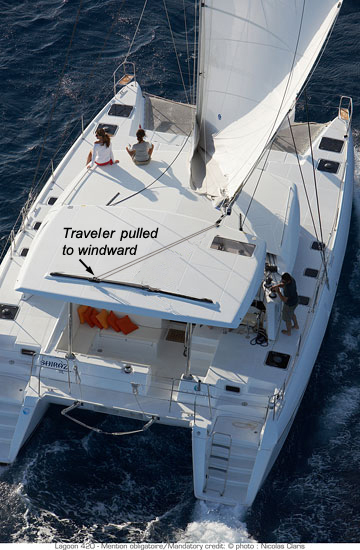
Once out sailing you'll be able to dispel one of the biggest "myths" surrounding catamarans because modern cats actually do point pretty well!!
The flatter the water, the better they will point and it'll be possible to sail in the high 30s degrees off the wind if your cat has the genoa tracks up on the coach roof, you will have a nice tight sheeting angle allowing you to go upwind comfortably.
As soon as you bear away from the wind slightly, you will want to bring the mainsail traveler down to leeward and start easing the mainsail (similar to a monohull).
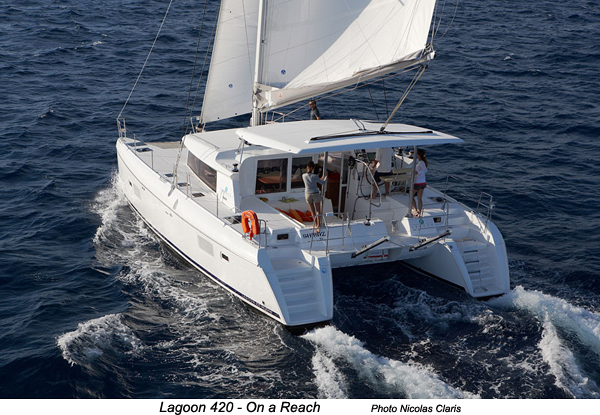
....
Thinking about a bareboat yacht charter with a catamaran? Register now for the Catamaran Sailing Confidence Clinic. Money back Guarantee - if you don't like it - no questions just your money back.
Other sailing courses you might enjoy
It's impressed me that although my sailing experience spans over 65 years, I always learn something new when going to your website. This is particularly true when using NED.